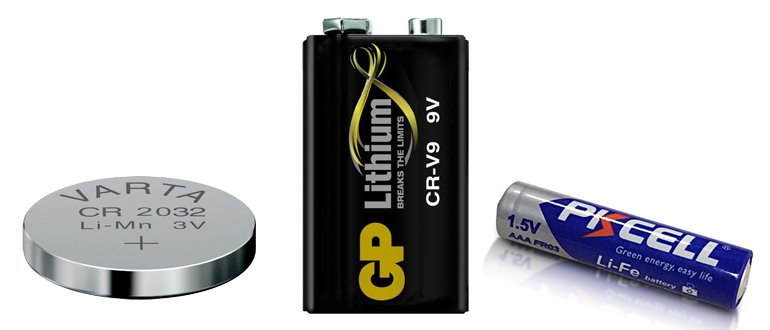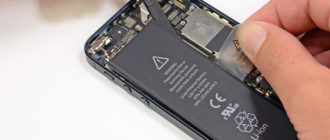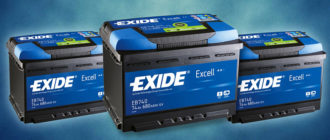The main power source today remains lithium batteries. For them to serve for a long time, it is worth considering their features and apply in the appropriate equipment. To choose the right size and capacity, it is worth considering the features of the device.
Content
What is a lithium battery?
In the case there are several connected elements. Two pins are brought out to connect to the consuming device. The DC element provides the operation of many devices.
The brand name is indicated on the battery case, the designation of which type it belongs to - “ALKALINE”, “LITHIUM”. It also contains the technical components: voltage, capacity.
According to the rules of the International Electric Commission, lithium batteries are marked with the Latin letters CR. Then the capacity is indicated.
What is the difference between lithium batteries and salt or alkaline batteries
- Saline are among the weakest. They are suitable for devices that do not require a large charge, long-term loads. For example, they are used for a control panel, timer, calculator. The shelf life of saline devices is 1-3 years.
- Much longer shelf life in alkaline - 3-5 years. They can be attributed to the average margin of safety. They were nicknamed "alkaline" by the people, they are often used for children's toys, flashlights, players.
- Lithium batteries last the longest and lasting load. They are used for more powerful devices - cameras, instruments for measuring pressure.
All of the above power supplies differ in service life, capacity, so they are suitable for different devices.

Varieties and sizes of lithium batteries
Lithium batteries have several markings: CR, FR, Li-FeS2 and differ in shape - they can be cylindrical or in the form of a parallelepiped, disks. Batteries of different sizes are produced, according to the existing US classification:
- CR. Tablets or coins;
- CR2 and CR123. Cylindrical barrels;
- CR-V9 (Lithium PP3). - Crohn;
- FR03 (AAA). The people are called pinky;
- FR6 (AA). Finger.
The lithium battery consists of different components. You can determine this indicator simply on the case, where its size, capacity, class, voltage are also indicated.
Advantages and disadvantages of lithium batteries
This type of battery has a large capacity per unit mass. In its composition immediately several components - the cathode, the anode. The materials are separated by a diaphragm impregnated with an organic electrolyte.
The benefits include:
- Lightness of the product.
- Long shelf life.
- Since there is no water in the composition, the battery is also resistant to temperature changes.
- Constant pressure.
- At different indicators of discharge current, stable characteristics are provided.
- High energy intensity and energy density.
- The capacity does not depend on the load current, suitable for powerful devices.
- Easy to care and use.
The only drawback of such a battery is its high cost. But it’s better to pay once than constantly change them. It is important to follow the recommendations for operating power supplies.
Can I charge lithium batteries
Batteries from conventional batteries have a capacity indicator, which is measured in milliamperes per hour. The voltage of a regular battery is 1.6 volts, and of a rechargeable one 1.2 v.

Conventional lithium batteries cannot be charged.In the best case, everything will end with the usual hissing sound, in another situation, a battery explosion may occur, accompanied by all the ensuing consequences. The product is intended for single use, do not try to restore.
Products that can be recharged are designated as rechargeable - rechargeable. If it says do not recharge, then you can not install them on charging.
Where are lithium batteries used?
Such power supplies are suitable for any electronic device. Of course, it can also be installed in the remote control, but the use of this type of product will be completely inappropriate. It will show itself more effectively when working with electronics, digital devices with high energy consumption.
Therefore, lithium cells have found their application in toys, photographic equipment, computer equipment, medical equipment, and even in the military industry, replacing mercury and silver power sources.
Still have questions aboutLithium Batteries or have something to add? Then write to us about it in the comments, this will make the material more complete and accurate.







